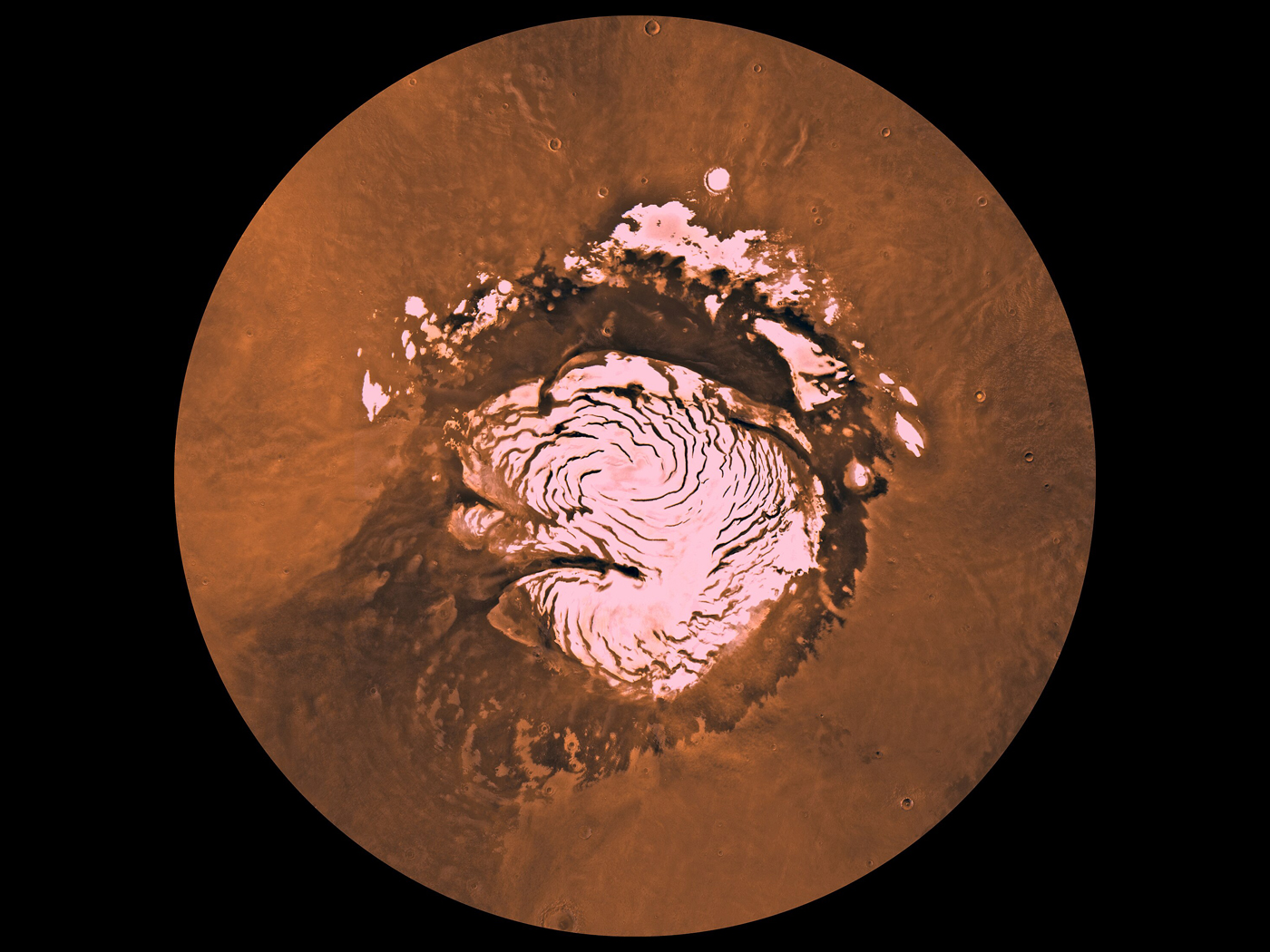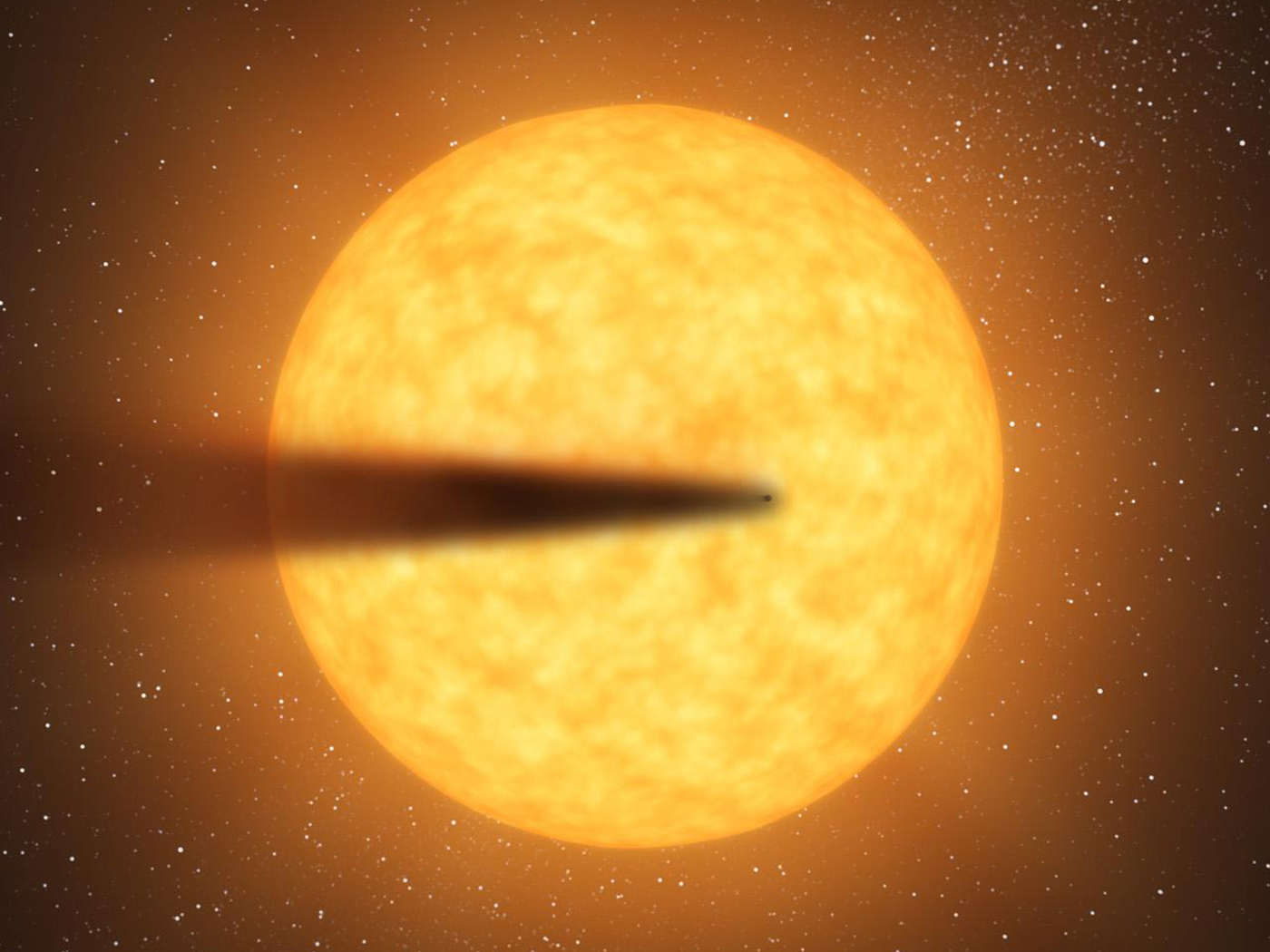The apostle Paul evaluated social and materialistic success as disposable dung compared to the ultimate value of belonging to and living for Christ.1 Yet, even dung has value, especially to dung beetles—humble insects that, ironically, ancient Egyptians worshiped as “scarabs.”
Imagine the life of a dedicated dung beetle, collecting, moving, and hoarding dung—even raising its children on it. Talk about a lowly existence! Yet, from the dung beetle’s perspective, it’s completely normal; dung is what its life is all about.
Consider the valuable ecological service the dung beetle provides as it mundanely moves manure morsels. It uses herbivore-dropped manure to benefit itself and its family, as well as the habitat in which it crawls around. What is so valuable about herbivore feces that dung beetles actually fight over dung balls, energetically “stealing the ball” from one another as if dung ball-grabbing were an Olympic soccer game?
Although often ignored or reviled, insects are cornerstones of the prairie ecosystem: they spread seeds and pollen, [metabolically] break down plants, fertilize the soil [e.g., by distributing nitrates in the herbivore manure they spread], and provide food for birds and small mammals. Not quite an inch long, the dung beetle…uses its scooplike head to roll a ball of dung sometimes as large as an apple. Once satisfied with its compacted [artwork], the beetle buries it, feeds on it, and then lays its eggs in it [after crafting an air hole for each deposited egg]. When the larvae hatch, they finish off what remains of the ball. In this way dung beetles assure themselves of a reliable diet and, inadvertently, distribute seeds that may be rolled up within the dung.2
Dung beetles serve themselves and their progeny by accumulating and storing the dung of grazing animals (e.g., pronghorns or cattle). While doing so, they serve the ecological needs of their neighborhood by transporting nutritious nitrates to other locations, as well as loose seeds that get mixed in. Thus, life-growing seeds and helpful fertilizer are simultaneously distributed to new sites for seed germination.2 Think of dung beetles as slow-motion couriers and farmers who provide a seed-sowing service!
Are these dung beetles being altruistic environmentalists, caring about their native ecosystem? No, dung beetles don’t study biome ecology; they don’t select seed-sowing sites to promote the nutrient dynamics of American prairies.
Rather, the mutualistic symbiosis we see exhibited in prairie habitats—where cattle provide resources to dung beetles, which help plant the next generation of grasses, which in turn feed the cattle—is a composite and interactive display of God’s preplanning genius and bioengineering. It is God who is multitasking on the great grassy plains, working above and below the surface to provide habitat for plants and animals while simultaneously providing for human needs.
This seemingly lowly insect is but one valuable gem of God’s handiwork in the plains of the Great West. We can see that even the dung beetle glorifies God, providentially promoting prairie preservation in plain view—if we look carefully at what’s happening in the grass beneath our feet.
References
- Philippians 3:8 (KJV).
- Bilger, B. 1994. Habitats. T. Hare, ed. New York: Macmillan, 69. Dung beetles perform a similar service in the African savanna grasslands: “Dung beetles, such as these Scarabaeus aeratus females, feed on the [fecal] droppings of other animals. They also collect balls of dung…and place them in chambers in the ground, upon which they lay their eggs.” Moore, P. D. and B. D. Turner. 1991. Savanah Grassland. In The Encyclopedia of Animal Ecology. P. D. Moore, ed. Oxford, UK: Equinox, 72.
*Dr. Johnson is Associate Professor of Apologetics and Chief Academic Officer at the Institute for Creation Research.











